Let's talk! Browse our offer and let us help you create your own budget.
10 holiday traditions in Spain
For Spaniards, as well as for other people around the globe, the holidays are a time to celebrate with the family. Special dinners with a lot of guests around the table, Chistmas carols, and long soirées become the perfect plan for many.
However, Spain has some traditions that make this time of year something special. In this post, we invite you to explore the 10 most typical Spanish holiday habits.
Read it in Spanish by clicking here.
1 – Lottery draws
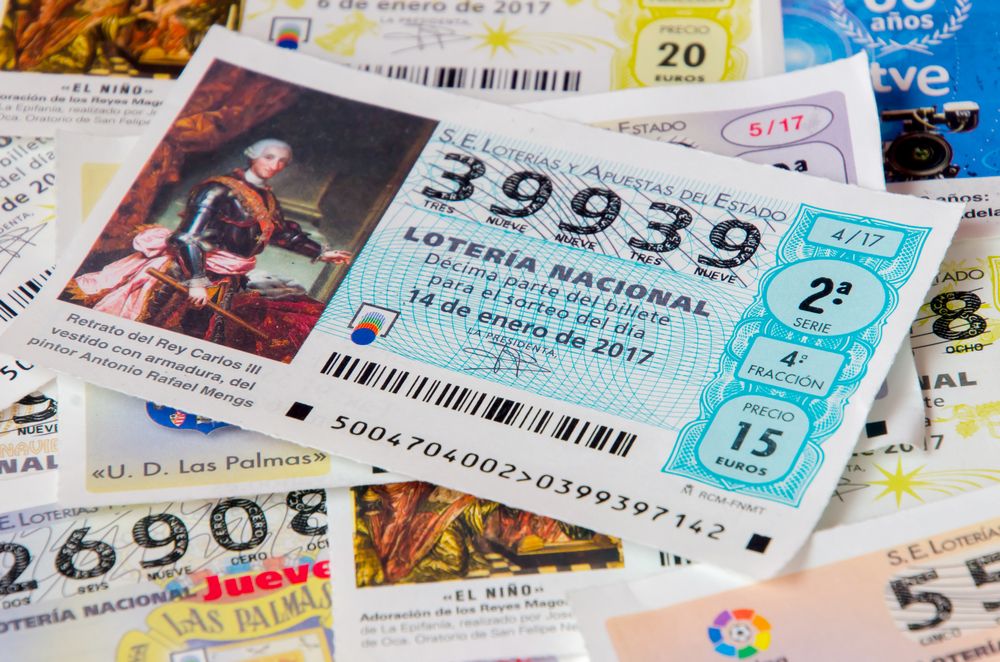
Some of the most eagerly expected events these days are the Christmas Extraordinary Lottery Draw and the Child’s Lottery Draw. The first distributes more than 2 billion euros in prizes. Its TV spot is already a classic and it is a tradition to buy different numbers for the raffle and split them among friends and family.
On December 22nd children from San Ildefonso School sing the numbers that come out of the raffle and their corresponding economic compensation. The second event takes place on January 6th, bringing the thrill back to those who were not lucky enough to get the “Gordo” in the previous lottery draw.
2 – Setting up the Nativity Scene
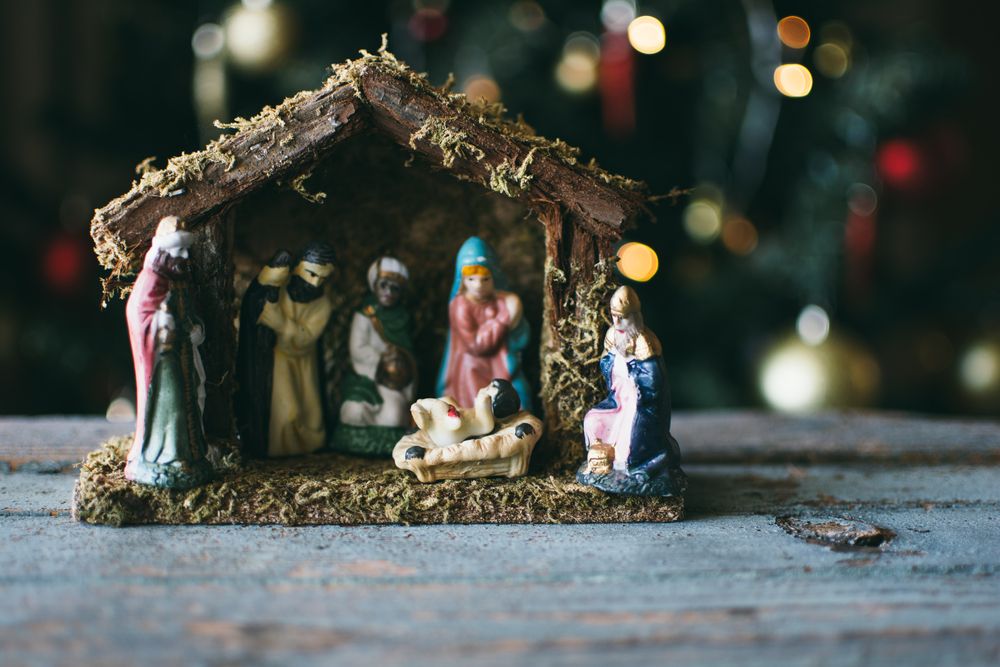
The nativity scene or Belén is a miniature reproduction of the place where Jesus was born, in Bethlehem. In many houses, it is a tradition to work together as a family in the decoration of this element.
Pouring some wood dust to imitate sand, creating a river with aluminum foil, and placing each figurine are part of this age-old practice.
3 – Family dinners
Another must during the holidays in Spain, as in many other countries, are family gatherings. It’s the perfect moment for travelling, going back home, and having a special dinner with our beloved ones. Some of the plates that are always present contain seafood or suckling pig. Cava and champagne are the most typical beverages. And as a dessert… nougat!
4 – Turrón, turrón
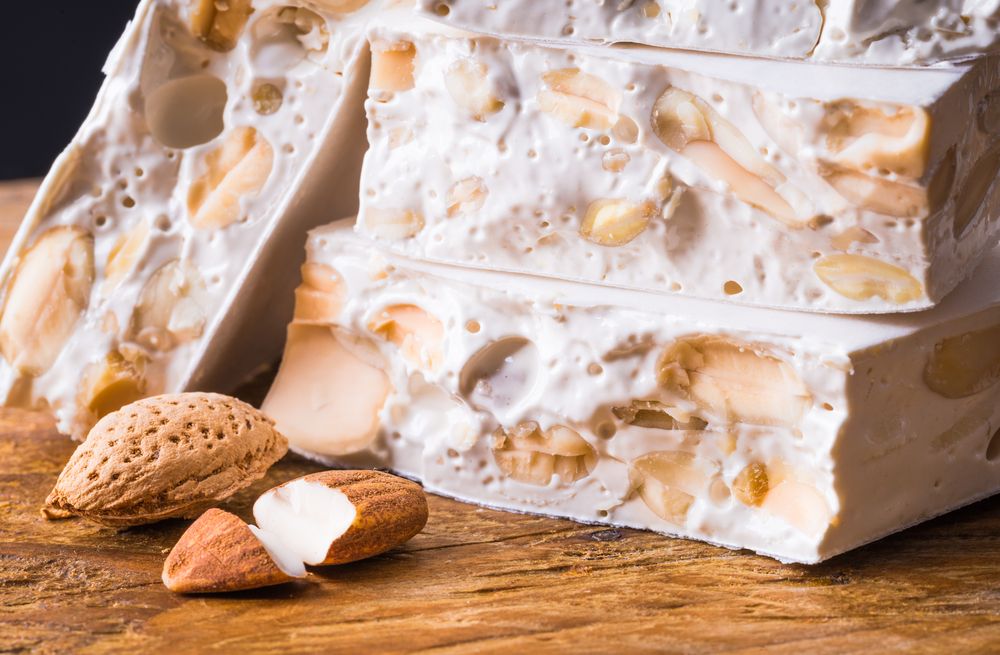
Without any doubt, nougat or turrón is an essential winter sweet. There many kinds of it: with nuts, chocolate, cream, fruit-flavored…
However, the most popular ones are made with almonds. Both the soft version (a sweet dough) and the hard one (with bigger pieces of almond and a white wafer) are always on the Christmas table.
5 – The King’s speech
On Christmas Eve, all the Spanish media attention is focused on the King. From the Zarzuela Palace, the monarch reviews the most important happenings of the year and sends his best wishes to all Spanish citizens.
6 – Collecting aguinaldo
Even though this is becoming an obsolete tradition, some villages still preserve it. During these festivities, children practice Christmas carols and sing door to door, asking for some pocket money at the end of each song.
7 – Gifting a flor de Pascua
The flor de Pascua (poinsettia) is a sign that winter time is already here. With low temperatures, this plant blossoms and shows all its splendor. With its shiny red leaves, this is the perfect gift to decorate our houses for the holidays.
8 – The 12 bell chimes, better with grapes
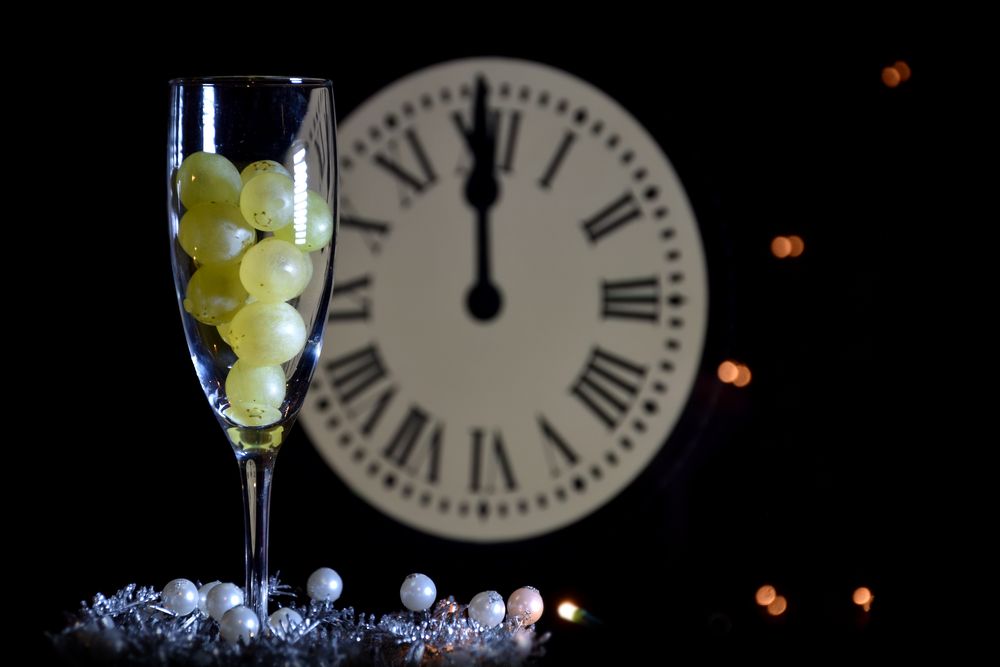
This is probably one of the most popular Spanish holiday traditions. Every New Year’s Eve at midnight, families gather around the TV to watch as the clock from La Puerta del Sol, in Madrid, strikes 12 times.
Each time the bell tolls, Spaniards eat one grape, continuing until they finish all 12 of them. Once this ritual is over, they welcome the new year with all kinds of celebrations.
Even though the origin of this tradition is yet unclear, all the existing versions point at it being a gesture to attract good luck for the incoming year.
9 – Eating Roscón de Reyes
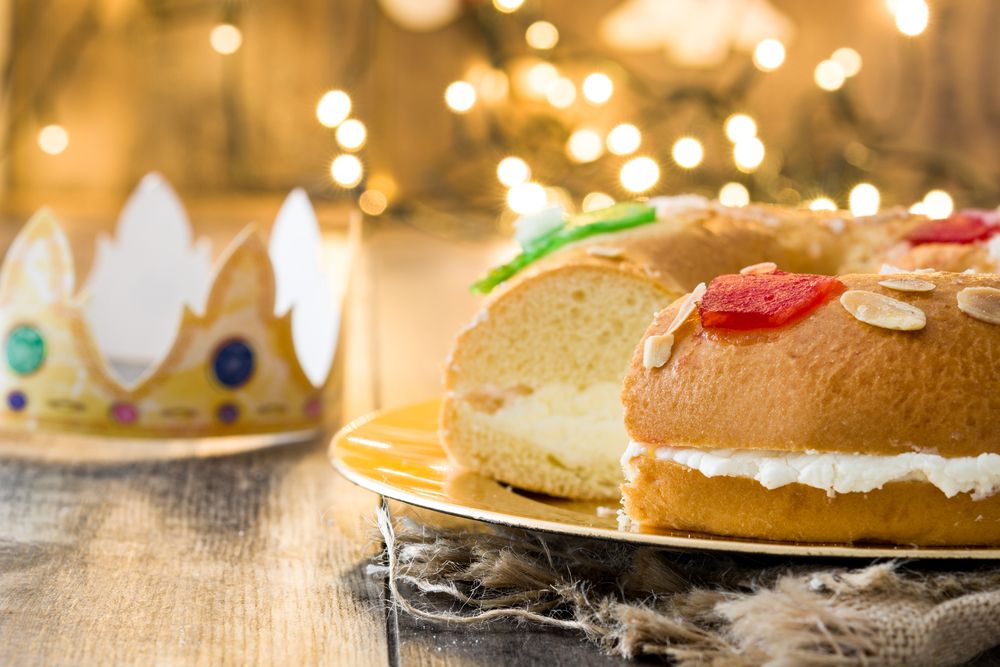
One of the top holiday foods is the roscón de Reyes (Epiphany cake). It is a sweet dough shaped like a ring and filled with candied fruit slices in different colors. Traditionally, the inside is stuffed with whipped cream and there are two surprises in the interior: a figurine and a bean. Whoever finds the bean will have to pay the price of the roscón.
10 – Santa vs Three Wise Men
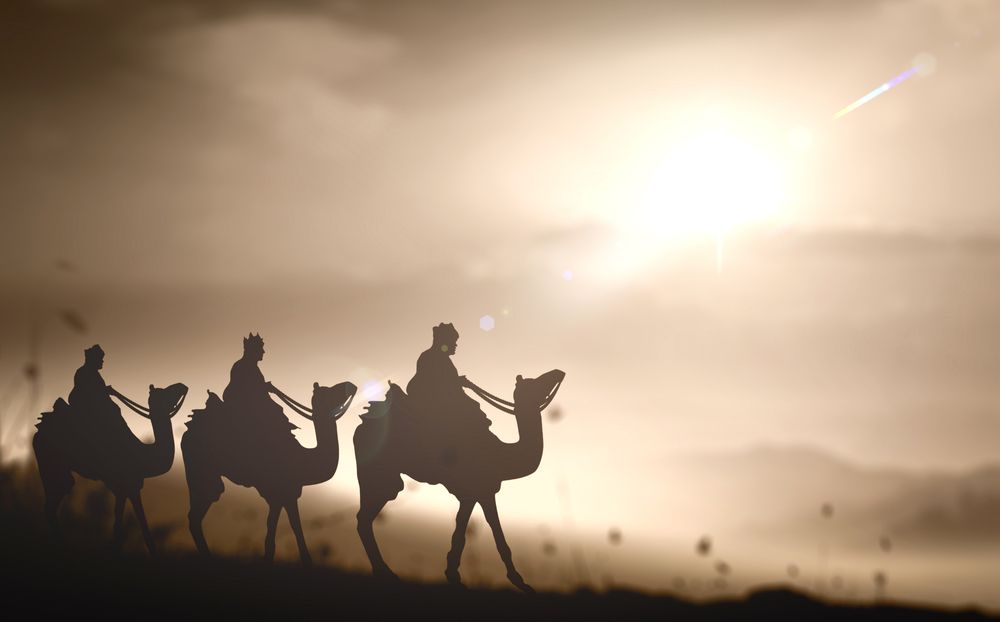
Some of the most popular characters around this time of the year are Los tres reyes Magos (the Three Wise Men). Riding their camels, Melchor, Gaspar, and Balthasar come from the Far East to visit all children’s houses each January 6th.
If the kids have behaved well through the year, they will receive presents from the Three Wise Kings. However, if they haven’t been good children, they will get coal instead.
Every January 5th, big parades take place on the streets. Escorted by their pages and camels, the Three Wise Men give candies to the children that go to see them. Back at home and before going to sleep, it is the right time to leave some water and food out for the Three Wise Men and their animals to restore some energy before continuing with their long trip.
Early morning on January 6th, all the presents will be under the Christmas tree. Many times, it is helpful to leave a shoe of each member of the family around to help identify for whom is each gift.
Even though Santa is getting more and more popular in Spain, the Three Wise Men are still the most popular gift-givers in the country. However, many households are visited by both of them.
Now that you know how Spaniards celebrate the holidays, come learn Spanish in Spain during our your vacations and join the Spanish festivities!
